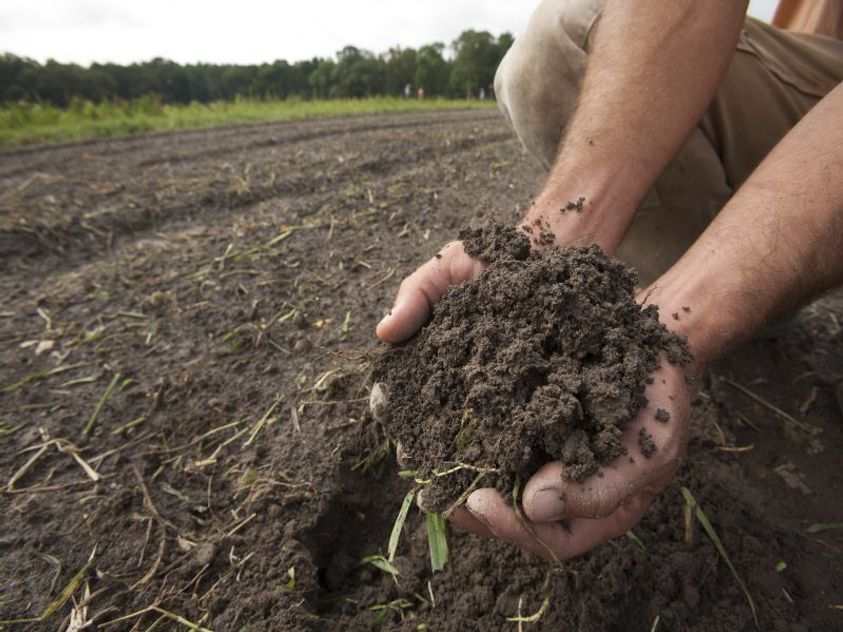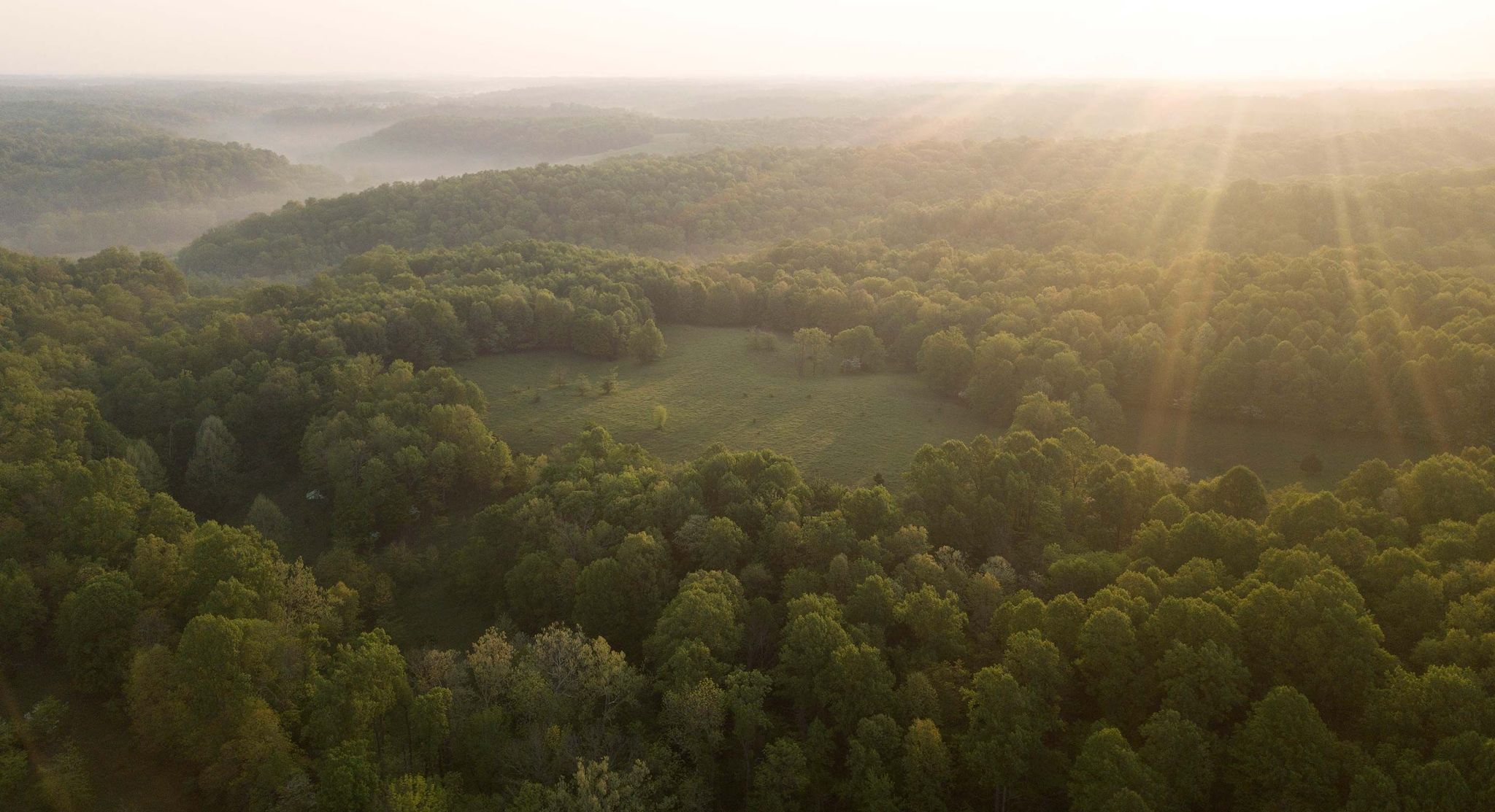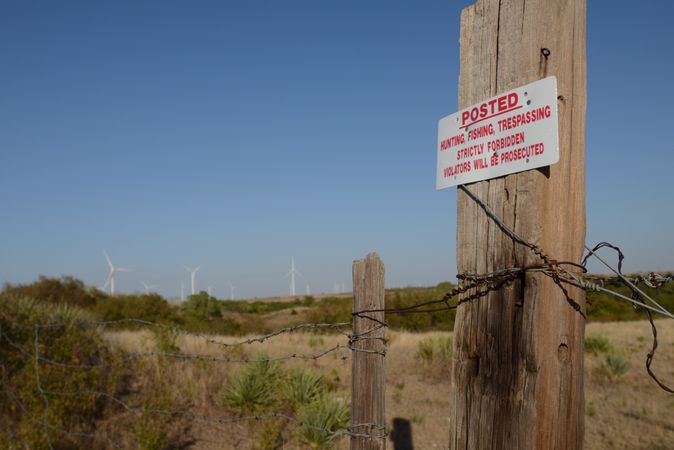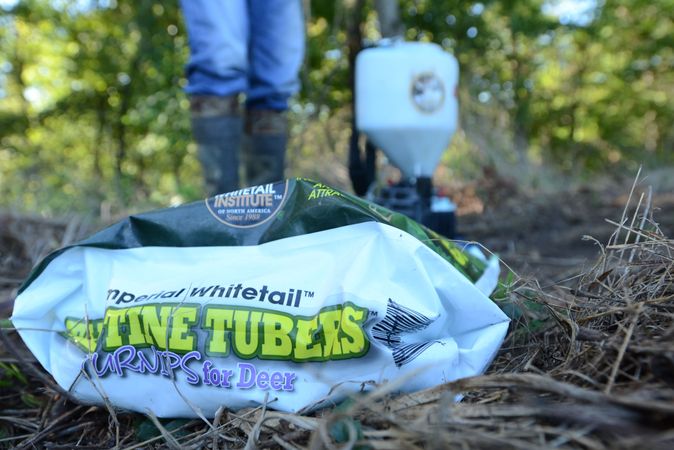Planting food plots is at the same time hard work and fun work. It’s very rewarding to see the fruits of your labor hanging on the wall no matter who fired the shot. Fall and winter plots are what attract and keep deer on your property, but it’s the summer nutrition that gets them ready for the taking.
Many property owners plant the same fields year in and year out. This way they can keep a record of how much seed and fertilizer needed to plant and even the amount of lime to keep the pH balanced. Hey, if it ain’t broke...
If you’re thinking about purchasing land, but aren’t sure how to manage it for wildlife, we have a few pointers that will help. Keep in mind that properties vary according to geographical location. If you pay close attention to the soil, climate and a biologist, you’ll get by without problems.
Call a Biologist
First, get in touch with your county agent or biologist. You’ll never be able to find out more about what lies beneath the earth than from a wildlife biologist. He will quickly be able to tell you the soil’s pH, suggest what to plant and the type and quantity of fertilizer. Properly preparing a seedbed is the foundation to any stand of grasses whether it be a front yard or back forty food plot.
Consider Cost
Yes, of course. Cost factors in to everything for just about everyone. Tell the biologist your budget to help in making useful suggestions. After a few years of first-hand experience, you’ll know pretty close to the dollar what each acre costs.
Get a Topo Map (Location)
Whether it’s planting, cutting hay or fixing equipment, getting creative is just part of being a farmer. No matter how many times you scour a property on ATV or foot, you’ll never cover the ground you can achieve with just a little time looking at an aerial map. Even on flat farms, it’s surprising how many nooks and crannies exist that could make great food plots that you wouldn’t otherwise think about.
Don’t plant near busy roads if you can help it. You’re not only wasting time and money trying to draw deer to an area where motor vehicle traffic is frequent, but also opening the property up to poaching. Avoid low swampy areas too. A field that doesn’t drain will not grow. Simple as that. And if at all possible, confine food plots to the property’s interior near bedding areas where wildlife is not pressured by outside influences.
Let There Be Light
This really ties into location as well, but it’s so important we wanted to let it stand alone. No light equals no growth, and that’s the antithesis of our end goal. If it’s a small parcel with small plots, don’t be afraid to remove a few trees to let light in. Plus, you’ll have extra firewood for the winter.
Keep a Record
Keeping a record of each field will help you determine cost and give an indication as to when it’s time to make a change - i.e. fields that aren’t producing. It’s fun to go back and see how the land and your practices have evolved since the beginning. And you can never tell when some little clue for improvement is going to jump out.
The next time you hunt a well-managed property, pay attention to the layout of food plots in accordance to the landscape, especially if you’re in the market to buy. Or sell. Being able to show buyers successful food plots is a huge factor. By following these tips and letting the little bucks walk, you can have a very productive property, no matter its size, in just a few years.







